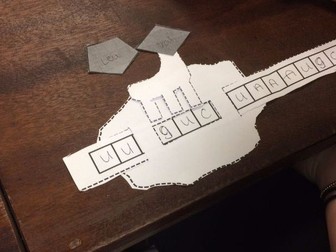
Investigating Joints - Active Lesson
This lesson gets students up and about and promotes independent learning. Posters with useful information are laid out around the room, outside, in the corridors. Students each have a workbook/worksheet to take around with them to carry out the task. On pages 2 and 4 of the worksheet, miniplenary AfL activities are included to consolidate their learning.
Plenary draw an elbow joint activity consolidates learning of joint components.
Proposed lesson plan is provided.
Starter Activity - 10 mins
Activity length - 30 mins
Dissection Demonstration - 10 mins
Plenary - 10 mins
